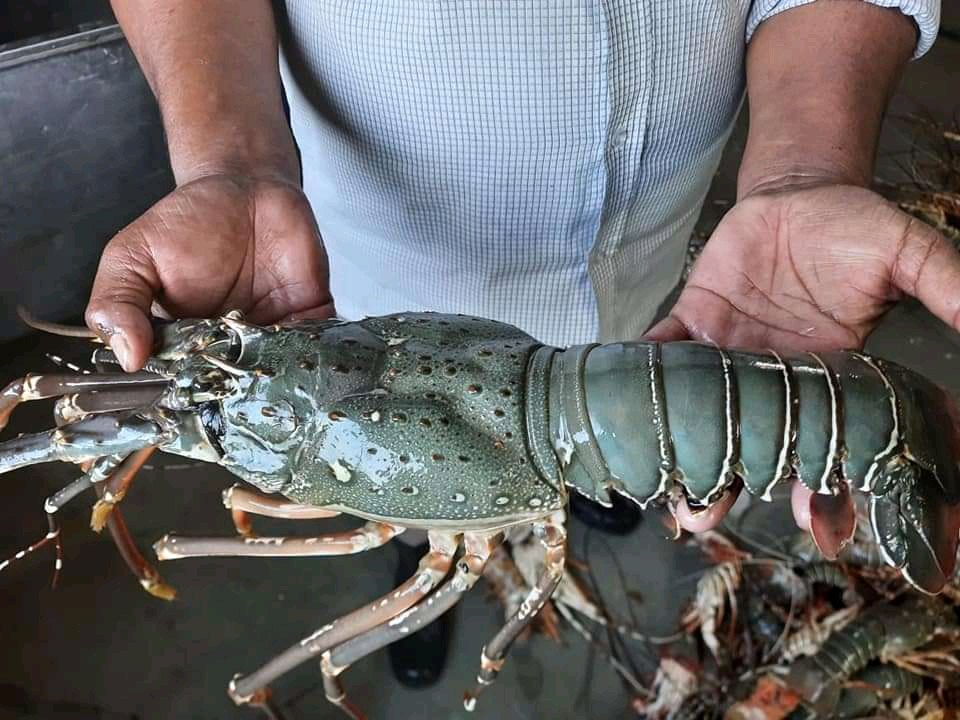Without a doubt, lobsters are one of the most popular seafood delicacies found at sea. They are treasured for their appetising meat and for the huge part they play in the worldwide industry. Like other crustaceans, lobsters have a body divided into sections; in this case, they have a long body and a tail that stores all muscle power. Together with their claws, they form ‘family nephropidae’. Lobster fish helps keep the shallow polar waters clean throughout the year, and are also heavily fished in the coastal regions and economically disadvantaged areas.
Historical Background
During the ancient period, lobsters were generously available as an extravagance on the east coast of North America. They could be found in plucking quantities and were abundant along the coast. Loved by all those who came, they were consumed by early settlers. After some time, many emigration techniques accelerated the passing of information, and in no time lobsters changed from lower class to a coveted item of all urban societies. To this day, lobsters still reign as the ultimate sign of opulence. With the passing of the 18th and 19th centuries, the demand for lobster clawed its way into becoming undeniable, spawning new industries centred around catching these seafood treasures.
Biology and Habitat
Being nocturnal animals, lobsters tend to hide in trenches at the bottom of the ocean during the day. Located in the deep cracks and holes in the sea, they find refuge from the sunlight. When eating fish, mollusks, and other sea animals at night for food, lobsters can be found in cold shallow waters. Their covering, also called exoskeleton, protects the lobster during the night. However, for them to grow vulnerable to foes, it must go through a process called molting where they have to shed their shell, enabling them to use a bigger one.
Fishing Practices
Lobster fishing has dramatically changed with time. Modern fishermen use baited traps. They are now made of plastic-coated galvanised steel or wood, to capture lobsters. These traps have juvenile holes for smaller lobsters, ensuring sustainability. Many regions enforce laws such as having size restrictions or seasonal bans to protect breeding populations and avoid overfishing.
Culinary Significance
Lobster fish is known all across the world for their tender, delicious meat. Preparation methods mainly include boiling, steaming, grilling, and even baking. The versatility of lobsters can be best shown through dishes like lobster bisque, lobster rolls, and even lobster thermidor. In most cultures, lobsters represent luxury and are a must-have in special gatherings and events.
Economic Impact
Most of the USA’s coastal regions depend economically on lobsters. The Canadian Maritime provinces and Maine benefit the most, where thousands of local people are employed in the lobster fishing industry. However, this industry faces challenges such as climate change, fluctuations in population, and changing laws intended to protect the environment.
Conservation Efforts
With rising concerns of sustainability, organizations are using effective efforts to conserve lobster fish populations. Conservation methods include:
Size Restrictions: Minimum and maximum size limits are put in place to efficiently save those of breeding age and give the population a chance to grow.
Trap Limits: Limits the number of traps placed by each fisher to control overfishing.
Seasonal Closures: Specified closed seasons to UK breeding times, so populations can grow.
The combination of these measures alongside ongoing research and monitoring makes it possible to maximise the economic benefits of lobster fishing while striving to mitigate the impacts on marine ecosystems.
Conclusion
All over the world, lobster fish is a popular food and also serves as a source of income for many people living in coastal regions. It is important to note their biology, habitat, and lobster fishing industry to truly understand this oceanic gourmet food. Moving forward, it is crucial to embrace sustainable ways and conservation. so that the coming generations can have access to lobsters both in the natural setting, as well as on their dining table.
FAQs
What is the primary habitat of lobsters?
Lobsters can be found in cold, shallow waters where they live in and around rocks or burrow into the seabed.
How do lobsters grow if they have a hard exoskeleton?
Lobsters grow through a process called molting, wherein they shed their old skeleton and grow a larger one in its place instead of adding to it.
What methods are commonly used to catch lobsters?
Lobsters are mostly caught using baited traps, as these traps enable smaller lobsters to escape, maintaining sustainable fishing practices.
Why is lobster considered a luxury food item?
Lobster is usually viewed as a luxury food because of its rich flavour. It’s seafood gourmet serves lobster, which now associates it with high status.
What conservation measures are in place to protect lobster populations?
Conservation measures to manage lobster populations include setting boundaries and limits such as size, the number of traps, and the times when trapping is allowed.


